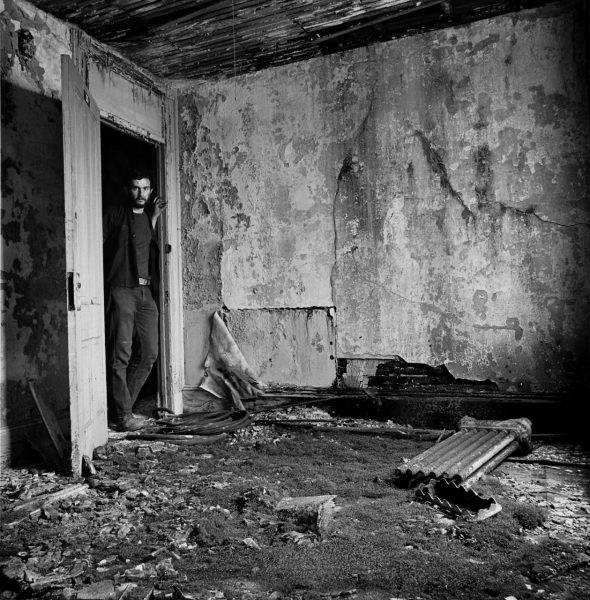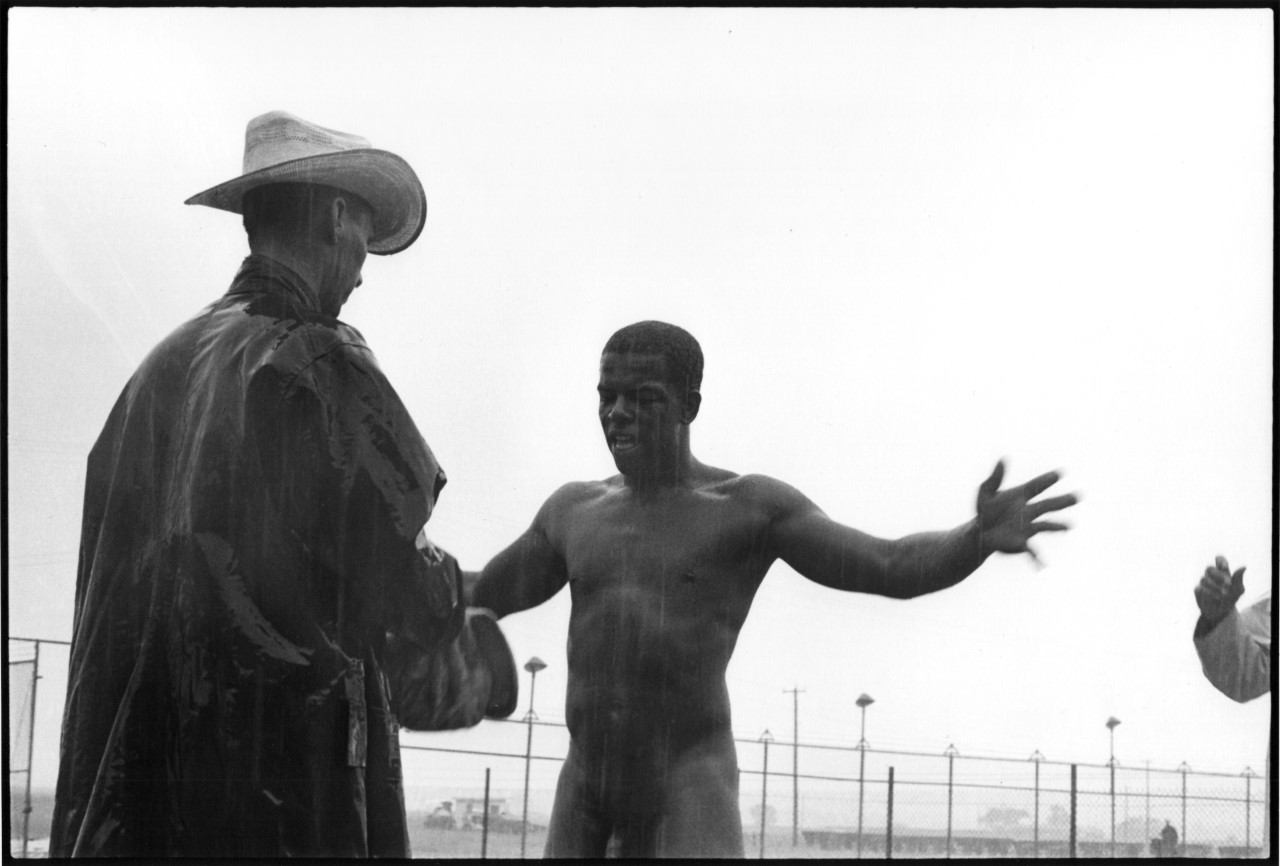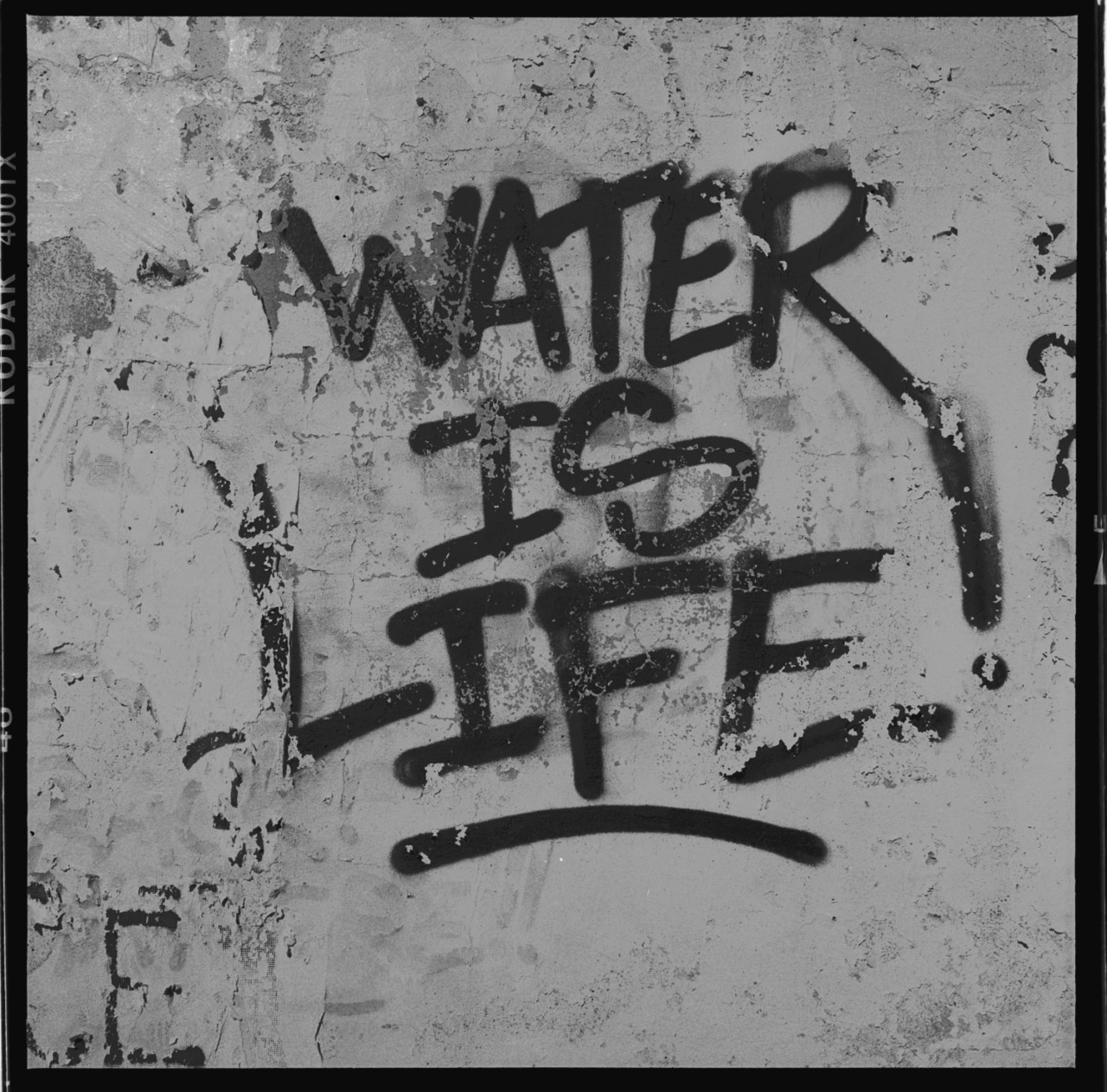
We live in a self-made adobe house and every year the line from the sink to the septic tank backs up and we need to have the Roto Rooter man come out to unclog the pipe. He kneels beneath the kitchen sink with his long electric snake, and unclogs the drain. And that is what happened a few days ago. It took him twenty minutes. Afterward he came outside to figure up the bill, and as the Roto Rooter man stood by his White Roto Rooter Van, I asked him if he had been vaccinated.
His name was Cori.
“Yes,” he said.
“Twice?” I asked.
Cori hesitated, then he said “yes.”
“That’s good,” I said. “Everyone should be vaccinated.”
Cori looked at me in a funny way.
“Not really,” he said.
“It helps the nation,” I said, “six hundred thousand people have died.”
“Not really,” said Cori, who then began to explain that “they” died for other reasons.
“Sit down, Cori.” I said, gesturing to the chairs in front of the large pink adobe.
I intentionally kept my distance and sat on a chez lounge, eight feet from Cori.
“The vaccine affects your DNA,” he said, as he moved closer.
I happened to be reading the New York Times that day as he was clearing the drain inside the kitchen and had just read there that one of many ideas being circulated about the vaccine was that it affected DNA. It doesn’t.
“No it doesn’t,” I said. “I just read it in the newspaper.”
“They lie,” said Cori. He was now sitting right next to me, so I moved away to a chair.
“This is the New York Times,” I said, pointing to the mast head.
“I don’t care. It’s a Democrat newspaper,” he said.
“Where do you get your information?” I asked.
“From all over. I’m very careful. And the truth is the Left is pushing us all to get the vaccination.”
“The left?” I asked. “Who is that?”
“They own that newspaper.”
“I think the Times is a Republican Newspaper. Or used to be. It’s privately owned.”
“No it isn’t.” Cori had again moved closer to me. We were now sitting two feet apart and by then had been talking for fifteen minutes when out of the blue he said…
“I’m not really vaccinated.”
I jumped to my feet, moving ten feet away. “What! You lied to me!”
“Yes. I did. I apologize.”
“Where is your mask! You were inside my home. Why didn’t you wear a mask?”
Cori pulled a small black mask from the shirt pocket of his Roto Rooter uniform.
“Tell me this,” he said, holding the limp black cloth: “You think these work?”
I wouldn’t answer. “You lied to me. You came into the house, and you lied. How would you feel if called your boss and told him that?”
“I’d think you were a limp douche bag. Answer me about the mask. They don’t work.”
“I’m not going to argue with you about masks. You’re out of your mind. Get out of here.”
“I’m never going to come here again to fix your drain.”
“Just leave,” I said.
I went inside and closed and locked all six doors as I stared a Cori seated in his van. He seemed to take an inordinately long time before he left.
I was born in 1942 and these are some of the weirdest times I’ve ever lived through. Once, in a tackle shop in the town of Navajo Dam, New Mexico, last April, I was buying a leader for my fly rod when I asked the owner why he wasn’t masked. He threw my credit card at me and told me to get out of his shop. A month ago I was riding the M21 Limited down 2nd Avenue in Manhattan, when I noticed that directly across from me a young man in dread locks was not wearing a mask. There were mask dispensers on the poles all along the aisle of the bus. Large signs at each stop said that everyone in NYC must wear masks on public transportation. And everyone on the bus, except him, did. He just stared off into space with his mask-less face as his masked girlfriend sat nearby half asleep and draped around him. Finally, as I stood to get off the bus, standing on the exit steps just three feet away from him, I couldn’t resist looking right at him and pointing with my finger a few times at my masked mouth. “Suck my dick! Get off the bus! Suck my dick!” he screamed as he jumped to his feet, just as the bus door opened and his girlfriend, clearly horrified, reached up to try to cover his mouth. I casually stepped out onto the street wondering if I was about to be assaulted.
And then there is the election. Five years ago I was lost driving in Piscataquis County, Maine, when I stopped to ask directions from a young man mowing the lawn of his big white house. A retired Marine, he now worked in “Security.” Hillary had just lost the election, but won the popular vote by three and half million votes. “Donald Trump won the popular vote,” he insisted, “by four million votes.”
I have tried to wrap my head around people that so fervently believed in things that were clearly untrue. Having spent a lot of my life reading history I tried to find previous examples. Take slavery. When that became a very contentious public and political issue, many in the south insisted that slavery was good, indeed, beneficial, for the slaves. It was so good they wanted to expand it. One of the modern politicians that admired the Confederacy was Adolf Hitler. And, as my immigrant mother loved to point out, Hitler was elected. And for much of his career, hugely popular. That he insisted that Jews, and others like them, were “vermin” was widely accepted by large numbers of Germans. And then there was his club-footed master of the media, Joseph Goebbels. Goebbels, who liked to “date” film stars, figured out that all you had to do was repeat a lie over and over, and it would be accepted as the truth. Everyone went out to buy radios, so they could listen to Hitler speak.
I was a seven year-old boy in New York City when my parents, dreading the summer and the season for polio, sent me off to camp. Polio was a crippling disease that often struck children. As a child I was terrified when I saw a girl interviewed in an Iron Lung, in the Newsreels at the movies. There she was, this little face looking out from a gigantic metal tube, where she would spend her entire life, because she had polio. Later, as I had just turned eleven, newspaper headlines announced that Jonas Salk had invented a vaccine for polio; he was regarded as one of the greatest heroes of my lifetime. I don’t remember anyone that wasn’t overjoyed at his discovery.
It is interesting to me that my nemesis, Cori, the Roto Rooter man so distrusted “the newspapers.” As a young photo journalist, stepping out into the world, I took pride in never getting my information from the newspaper. I didn’t trust them either. More to the point, I wanted to be ahead of the curve, believing that if it was in the newspaper, everyone already knew about it. I got my information ‘in the streets.” By talking to people. I was what they call “a street photographer.” The news was five, then fifteen minutes long. I wasn’t very interested in it. In some ways I didn’t think it was true. I thought “the Media,” a word not in use in my youth, was a creative field, and that what we call the news, was made up. I would make up my own. Some people back then were able to see the future. Tom Hayden could. A student editor from Ann Arbor he got to Mississippi six months before I did and wrote “Revolution in Mississippi.” When I told a fellow student who was Black that I had been to Mississippi and that a revolution was going on there, she said “Bullshit! That’s bullshit.” In 1962, almost no one, including Black northerners, thought that the Blacks of Mississippi could rise up. Then a few years later I returned to Manhattan and took pictures of all the buildings they were demolishing. I felt personally hurt by what I was watching. My artist friends and I lived in large empty industrial lofts, as wrecking crews across the street wiped out entire blocks of mostly 19th century buildings. No one in the media, and no one in the city seemed to care what was happening. After a night of eating peyote buttons I decided to call my photo series “The Destruction of Lower Manhattan.” Then Thirty five years later, terrorists flew a suicide mission into the Twin Towers and murdered two thousand New Yorkers at exactly the same spot I had made my pictures and named my book. My name was Daniel. I could see the future. I was able to bullshit my way inside the Texas Prison System with my Nikon F camera, and published a book called “Conversations with the Dead.” Back then Texas prisons held 12,500 prisoners. I would live to see that system expand to 200,000 inmates. I made my work two years before the Attica prison uprising alerted the outside world to the existence of the incarcerated.

Deep in my heart I felt I was creating a truth that would survive into the future, long outliving what I believed to be the untruth that appeared in Life and Look magazines. Soon all my books were remaindered, you could buy any of them for a dollar within a year of their publication. Then I moved to the desert, to start a new life and create yet another new world.
Fifty years have passed since that date, and the New Mexico I once loved is now either on fire, running out of water, or has air so filled with dust and smoke, that it is best to stay indoors. In another fifty years it will be so hot here in this place where I built this house, that it may be unlivable. And now the Roto Rooter Man is trying to kill me.
The enemy today is not the Confederacy, or Jim Crow. It is Climate Change. Instead of fighting it, some people profit from it. In a very twisted way they seem to like it. In Kansas, John Brown dragged slave holders out of their beds and homes, and cut their throats. Captured at Harper’s Ferry where he tried and failed to start a slave uprising, he calmly went to the gallows, to the admiration of the many reporters that got to interview him and his many supporters, like Thoreau, in New England. Soon after Northern Soldiers marched off to war singing “John Brown’s body.” Many of these soldiers were Black. There were thirteen attempts to assassinate Adolf Hitler. They all failed. There have been violent demonstrations against Climate Criminals. In this country they have all been ruthlessly suppressed. None of these heroes of the planet Earth have received much coverage. My friend Julian Bond insisted that violence never got you anywhere. Caesar’s assassins, claiming to save the Republic, unleashed civil wars and all died in them. It is hard to believe that most of us remain so complacent as year after year we move further into calamity. Many of our CEO’s, and some member of Congress are climate criminals. America, as it was at the opening of the Civil War, is a failed country.
Now near the end of my life I spend a lot of time in the desert. I like it there. There are almost no people where I take pictures. No white vans. No Roto Rooter man. I collect fossils, agatized versions of life forms that existed hundreds of millions years ago. On the side of an abandoned building on the Navajo Rez someone wrote “Water is Life.” In a year or two I will have a big show at the Albuquerque Museum of Art. I will show pictures from Burn Zone, my record of the devastation of the Los Conchos Fire. It will take one hundred years for the 200,000 acre pinon forest that was destroyed to return. I will show my pictures of the desert, a beautiful land with no people. I will show pictures of rocks. I will show them the future.

More from Danny Lyon at bleak beauty blog and dannylyonphotos@instagram. His collection of writing, American Blood, 1961-2020, is available here. Aperture has published a facsimile of the 1969 edition of The Destruction of Lower Manhattan and here’s a link to his Memories of the Southern Civil Rights Movement.